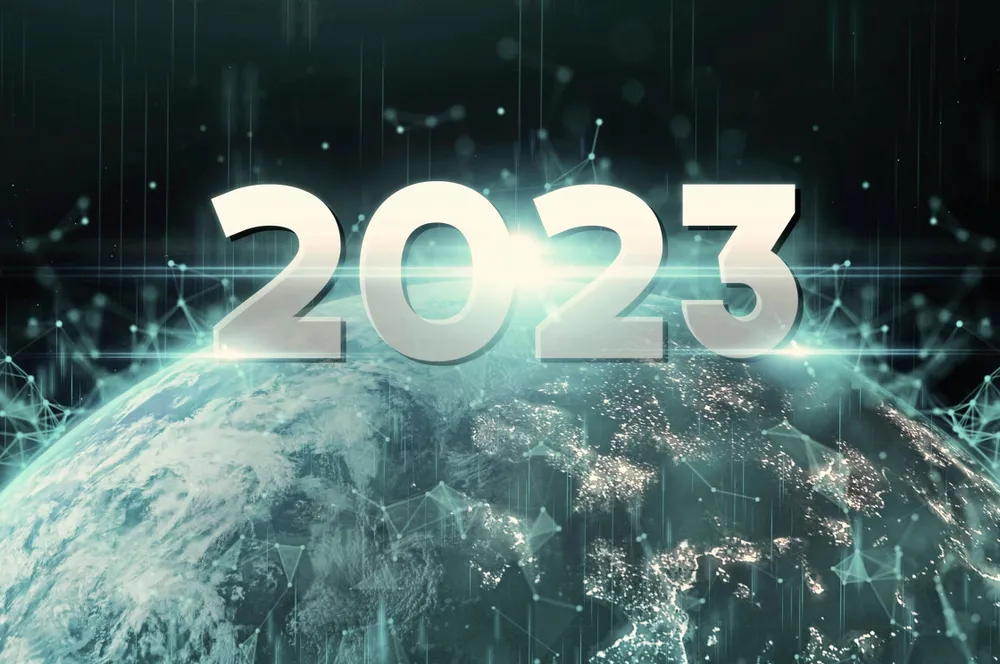Review of 2023 | The key developments and trends in the global hydrogen sector (Part 2: Usage)
Four EU directives signed off this year will drive demand for green H2 in Europe, with governments now prioritising its use in sectors that cannot be electrified
